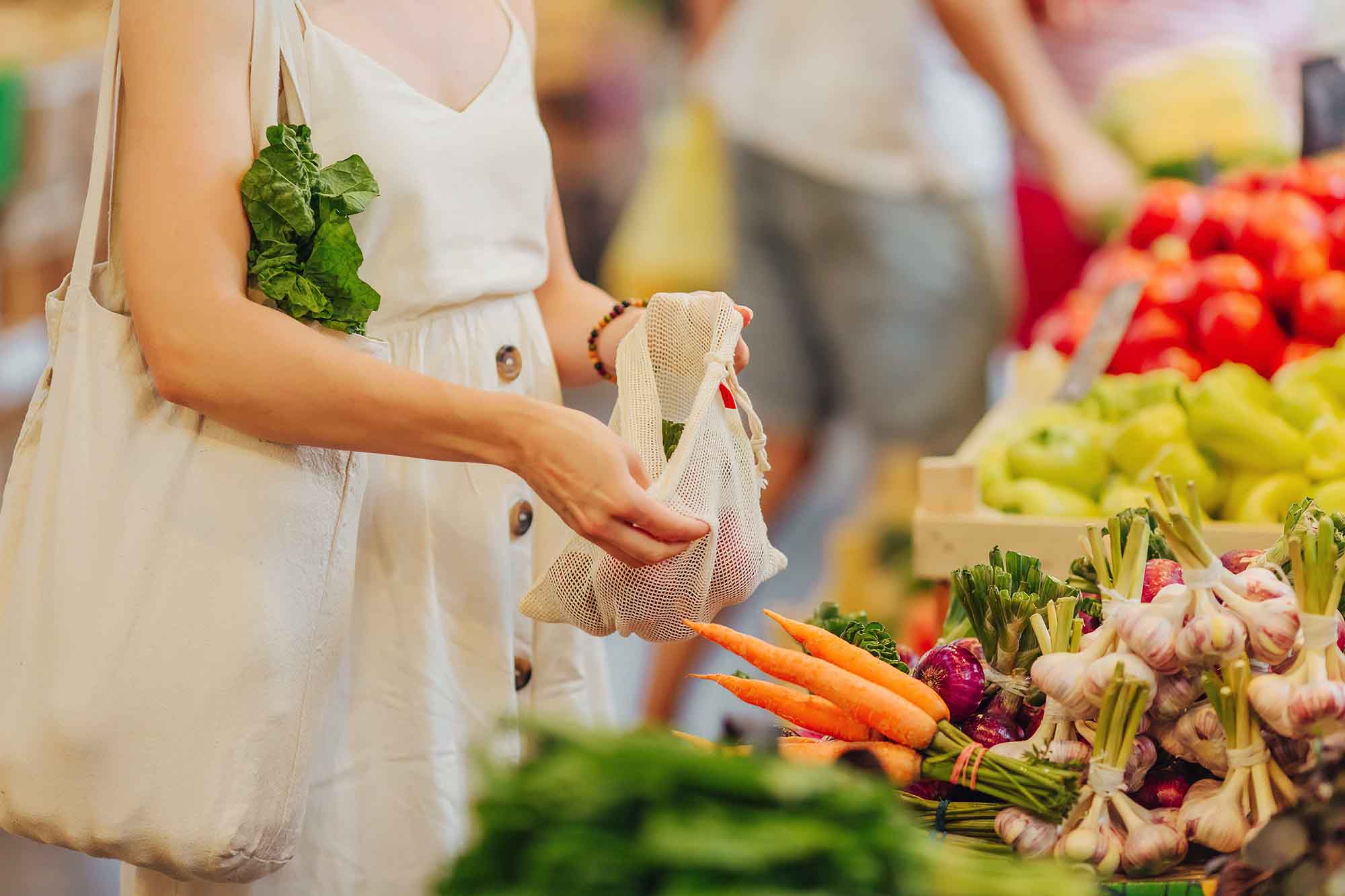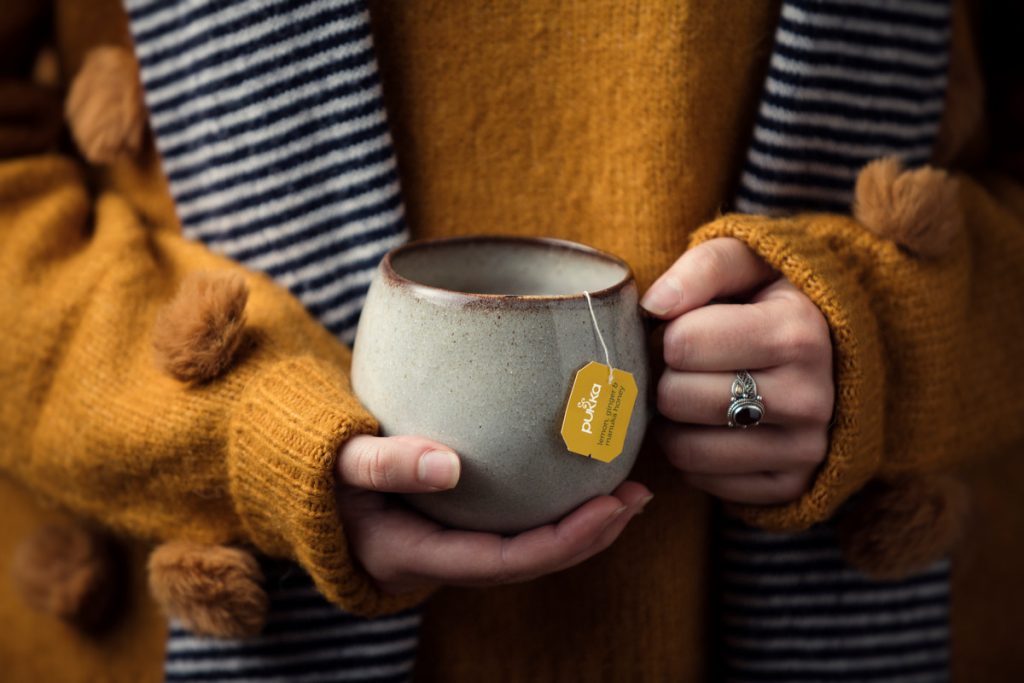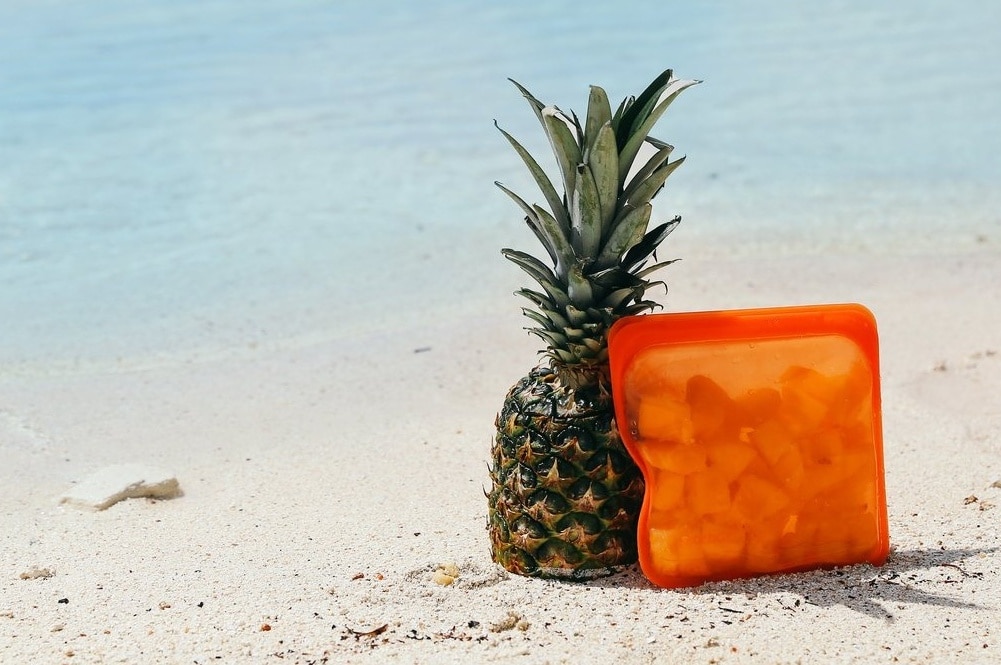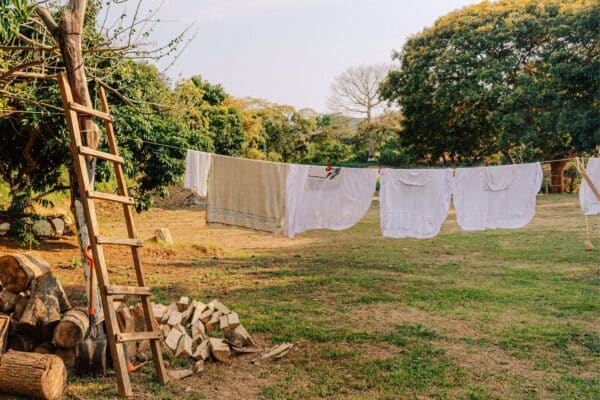Did you know that on average, Australians use 130kg of single-use plastic per person each year?
And when it comes to plastic – there is no ‘away’ it has to go somewhere and away is in our parks, in nature, and floating in our oceans for hundreds of years where it starts breaking down into microplastics.
8 million tonnes of new plastic enter our oceans every year – that’s the equivalent of one full-sized garbage truck every minute!
And while beach clean-ups and repurposing plastics are both good things – it’s just a band-aid.

Think of it like this
If your bathtub was overflowing, you wouldn’t mop up the water – the first thing you do is turn off the tap.
When it comes to our plastic use – we need to turn off the tap
And this is one of those areas where we desperately need large scale solutions from the top – from the companies producing the plastic and innovations, and policies from our governments.
But in the meantime, we can still do something. and it starts with the small swaps. Here are five easy plastic-free swaps you can start doing today.

1. Teabags
Did you know that most teabags at the supermarkets are made from plastic? The material is PLA (polylactic acid) which acts as a sealant to help the teabag hold its shape when wet.
There are some brands that make plastic-free teabags:
- T2’s new teabags are made from cornstarch and are biodegradable
- Pukka’s teabags are folded and stitched together with organic cotton – these are also home compostable
The reusable option, buying loose leaf tea from somewhere like The Source (also available online) and investing in a tea infuser. I use and love this one from Biome and this infuser cup from T2. A quick google search of tea infusers will bring you back countless options, you just need to find what will work for you!
2. Dishwashing liquid
When it comes to reducing plastic, it’s much easier to try one small swap at a time, rather than a whole overhaul. For cleaning products, I recommend starting with your dishwashing liquid. I have an old glass pump bottle (like this one) that I refill at the bulk foods store. I also use a dish soap block, liquid soaps are 90% water, this way you’re only paying for the whole product and I’ve found it lasts much longer saving money over time.

3. Cling wrap
Being thin and flimsy, cling wrap is really difficult to recycle, it often contaminates recycling, and can clog up machines. And once the plastic film ends up in landfills or incinerators, the PVC and PVDC can release a highly toxic chemical called dioxin. Fortunately, there are so many fantastic alternatives to plastic cling (saran) wrap available.
- Wax wraps – I own and love this wax wrap set from Biome, I’m on year two and they’re only just starting to lose their stickiness
- Silicone pouches – They seal airtight so they can be used for chopped up food, leftovers, dry foods, and even storing liquids
- Compostable cling wrap – The most affordable of the bunch, sometimes only cling wrap will do. It’s important to note here that you should check the label to ensure that it’s home compostable.
4. Produce bags
Ditch those plastic produce bags at the supermarkets. It seems crazy to use a piece of plastic for less than an hour only to be discarded. Take your own reusable cloth bags or go naked and place your produce directly in your basket or trolley, you can wash them when you get home.


